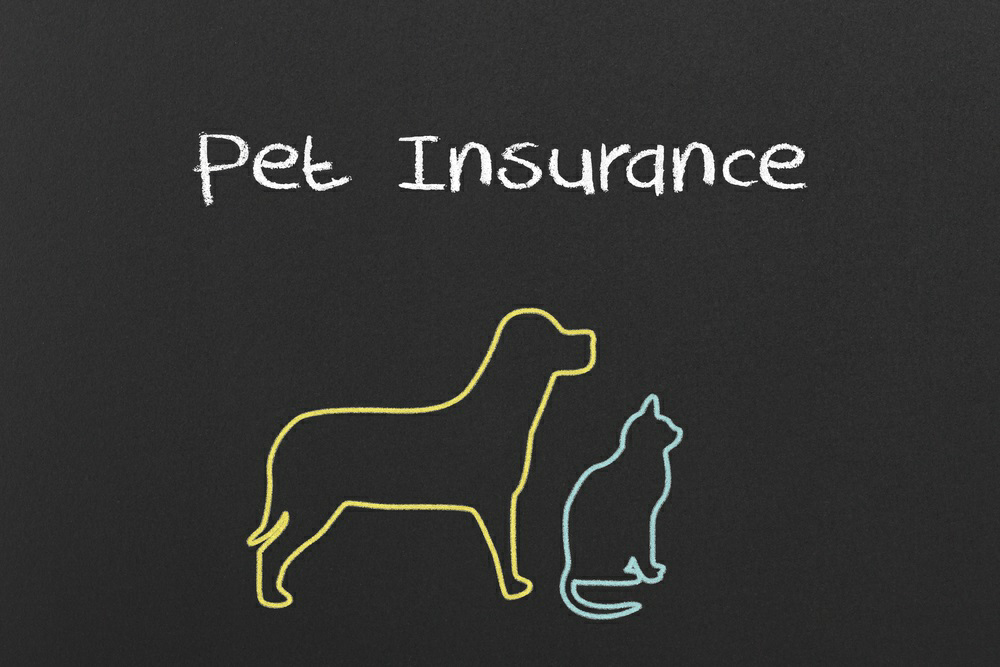Temporary car insurance, also known as short-term car insurance, is a type of auto insurance that provides coverage for a brief period. Unlike traditional car insurance policies, which typically last for six months or a year, temporary car insurance offers protection for as little as one day or up to a few months.
This type of insurance is ideal for individuals who require coverage for specific situations, such as borrowing a friend's car, renting a vehicle, or using a car for a short period.
What It Covers
One of the primary purposes of temporary car insurance is to ensure that drivers have the necessary liability coverage when using a vehicle that they do not own or that is not covered under their existing auto insurance policy.
This type of coverage typically includes bodily injury and property damage liability, which pays for injuries and damages caused to other parties in an accident for which the policyholder is at fault. Having liability coverage is crucial as it helps protect drivers from potential financial losses in the event of an accident.
In addition to liability coverage, temporary car insurance may also offer options for additional coverage, such as collision and comprehensive insurance. Collision coverage pays for damages to the insured vehicle resulting from a collision with another vehicle or object, while comprehensive coverage provides compensation for damages caused by events other than collisions, such as theft, vandalism, fire, or natural disasters.
What It Does Not Cover
While temporary car insurance can be beneficial in certain situations, it is essential to understand what it does not cover. Temporary policies often do not include coverage for pre-existing damage to the vehicle, mechanical breakdowns, or damages that occur due to regular wear and tear.
Additionally, temporary car insurance may not cover vehicles used for commercial purposes or rented for specific business activities. It is crucial for policyholders to carefully read the terms and conditions of their temporary car insurance to be aware of any exclusions and limitations.
Eligibility Criteria
Eligibility criteria for temporary car insurance can vary among insurance providers, but some common requirements are typically in place. To be eligible for temporary car insurance, applicants usually must have a valid driver's license from their country of residence or the country in which they will be driving. Some insurers might impose minimum age requirements, requiring policyholders to be at least 18 years old, while others might have higher minimum age limits.
It is essential for applicants to have a reasonably clean driving record, with no recent major violations or multiple traffic citations. Insurance providers often assess the applicant's driving history to determine the risk level associated with insuring them for a short period. Certain serious violations, such as driving under the influence (DUI) or reckless driving, might lead to ineligibility for temporary car insurance.
Another eligibility factor considered by insurance companies is the type of vehicle to be insured. Some insurers might impose restrictions on certain vehicle models, high-performance cars, or vehicles with salvage titles. Additionally, temporary car insurance might not be available for vehicles that are already insured under another policy.
Age Restrictions
Regarding age restrictions, temporary car insurance policies usually require the policyholder to be at least 18 years old. However, some insurance providers might set higher age limits, such as 21 or 25 years old. Younger drivers with less driving experience might face higher premiums due to the perceived higher risk associated with their age group.
While temporary car insurance is accessible and flexible, it is essential for individuals to consider whether it meets their specific needs. If someone requires coverage for an extended period, it might be more cost-effective to opt for a traditional six-month or annual policy.
Additionally, those who frequently borrow cars or rent vehicles might benefit from exploring non-owner car insurance options, which provide liability coverage for drivers who do not own a vehicle but frequently use cars owned by others.
Benefits of Temporary Car Insurance
1. Flexibility: Temporary car insurance offers flexibility in coverage duration, allowing drivers to obtain insurance for specific periods, ranging from a single day to a few months. This flexibility is beneficial for individuals who only need coverage for short periods, such as when renting a car for a weekend trip or borrowing a vehicle for a few days.
2. Cost-effective: For drivers who require coverage for a limited time, temporary car insurance can be more cost-effective than purchasing a traditional long-term policy. Paying for insurance only when needed can save money for those who drive infrequently or require coverage for short, intermittent periods.
3. No Long-Term Commitment: With temporary car insurance, policyholders are not tied to long-term commitments. They can opt for coverage only when necessary and are not bound to a contract that extends for several months or a year.
4. Added Protection: Temporary car insurance can provide added protection for drivers using vehicles that are not covered under their regular auto insurance policies. This can be particularly valuable when borrowing a friend's car or driving a rental vehicle.
5. Quick and Easy Process: Obtaining temporary car insurance is often a straightforward and quick process. Many insurance providers offer online applications and instant quotes, making it convenient for drivers to get coverage in a matter of minutes.
Disadvantages of Temporary Car Insurance
1. Limited Coverage Options: Temporary car insurance might not provide the same comprehensive coverage options available in traditional long-term policies. For example, some insurers may not offer certain add-ons like roadside assistance or rental reimbursement for temporary coverage.
2. Higher Premiums: In some cases, temporary car insurance policies can have higher premiums compared to long-term policies. Insurance providers may charge more per day for the added flexibility and convenience of short-term coverage.
3. Lack of Continuous Coverage: Temporary car insurance is not intended to serve as a continuous, long-term solution. If a driver regularly needs coverage, purchasing temporary insurance for each instance can be less convenient than maintaining a standard annual policy.
4. Limited Eligibility: Temporary car insurance might not be available to all drivers, particularly those with certain driving violations or a high-risk driving history. Some insurers may have strict eligibility criteria, which could make it difficult for certain individuals to obtain coverage.
5. Exclusions and Limitations: Temporary car insurance policies often come with exclusions and limitations that can vary between insurers. These limitations might affect coverage for specific scenarios, such as driving abroad or using the insured vehicle for commercial purposes.
6. No Accumulation of No-Claim Bonus: In many traditional car insurance policies, drivers can accumulate a no-claim bonus over time, leading to reduced premiums for safe driving. However, temporary car insurance typically does not offer this benefit since it is not meant for long-term use.
Conclusion
In conclusion, temporary car insurance offers a valuable solution for individuals seeking coverage for short periods, such as when borrowing a car or renting a vehicle. It typically includes liability coverage to protect drivers from financial liabilities in case of an accident.
Additional options for collision and comprehensive coverage may also be available. However, it is crucial to be aware of the limitations and exclusions of temporary car insurance, as it may not cover pre-existing vehicle damage, mechanical breakdowns, or commercial use of the vehicle. Eligibility criteria often include possessing a valid driver's license, meeting age requirements, and having a relatively clean driving record.
Temporary car insurance offers several benefits, including flexibility, cost-effectiveness, and added protection for short-term driving needs. It can be a suitable solution for individuals who only require coverage for specific periods or situations. However, it also has some disadvantages, such as limited coverage options, potentially higher premiums, and lack of continuous coverage.
Understanding the specific needs and circumstances of the driver is essential in determining whether temporary car insurance is the right choice or if a traditional long-term policy would be more suitable.
It is essential to compare quotes from different insurance providers to find the most suitable and affordable temporary car insurance policy based on individual needs and circumstances.








